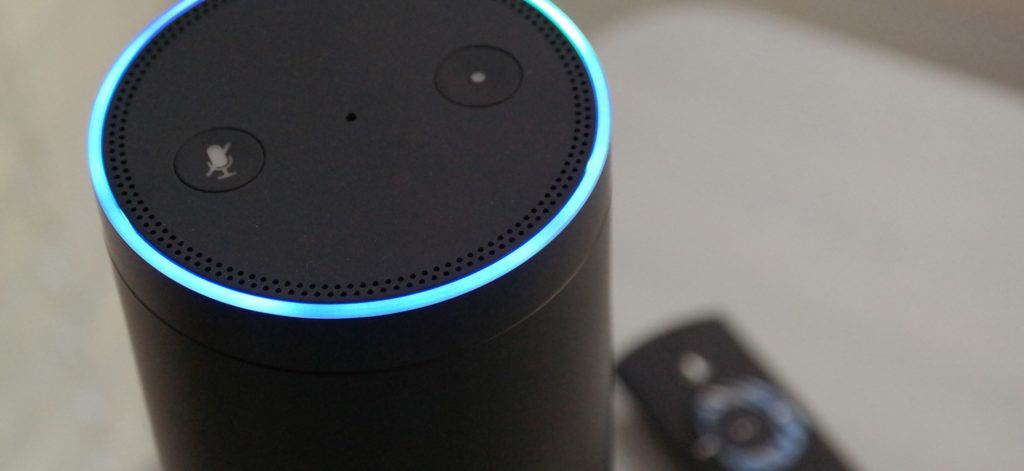
Over the past year, I’ve published a series of posts on the topics of voice user interfaces and conversational user interfaces. While not quite equivalent, these two topics are fundamentally linked, and over the coming years the two experience classes will likely converge far more than is seen today.
Want to read more? Please join me for the following posts:
Voice User Interface Design: New Solutions for Old Problems
The voice user interfaces of today aren’t solving unsolved problems – but they are delighting customers and expanding inclusivity by providing the power of computing to customers in new contexts.
The Narrowing Rift: Voice UI and Conversational UI
Today’s voice user experiences (best known as Cortana, Alexa, and Google Home) remain rooted in a very simple, command-and-control methodology. We can only call the current experiences “conversational” in the broadest sense of the word — as spoken words exchanged. But if today’s voice operated devices AREN’T conversational, what does “conversational” even mean?
Blind spots in today’s voice user interfaces
In order to make VUI more conversational, we must understand where today’s experiences fall short. If you’re looking for ways to differentiate your experience and jump to the next level of customer experience, start here.
Voice UI Best Practices: Learning from Phone Systems
The IVRs we deal with regularly can teach us a great deal about how to approach voice user interfaces.
Books on Speech: A Voice Designer’s Reading List
One of the most frequent questions I get from folks who can’t attend my workshop is “How can I get started?” These books are the springboard from which many voice design career journeys were launched.
If this content isn’t enough, or isn’t hands-on enough for your learning style, consider working with Ideaplatz to book my Giving Voice to Your Voice Designs workshop or one of my other talks and workshops on a variety of interaction design topics.
Please feel free to read, share, and comment on these pieces. I’ll be continuing to expand my design writing on product design, and Medium is an important part of that strategy – though some posts will continue natively on this blog or a series of cross-posts.